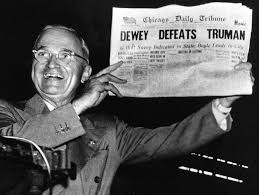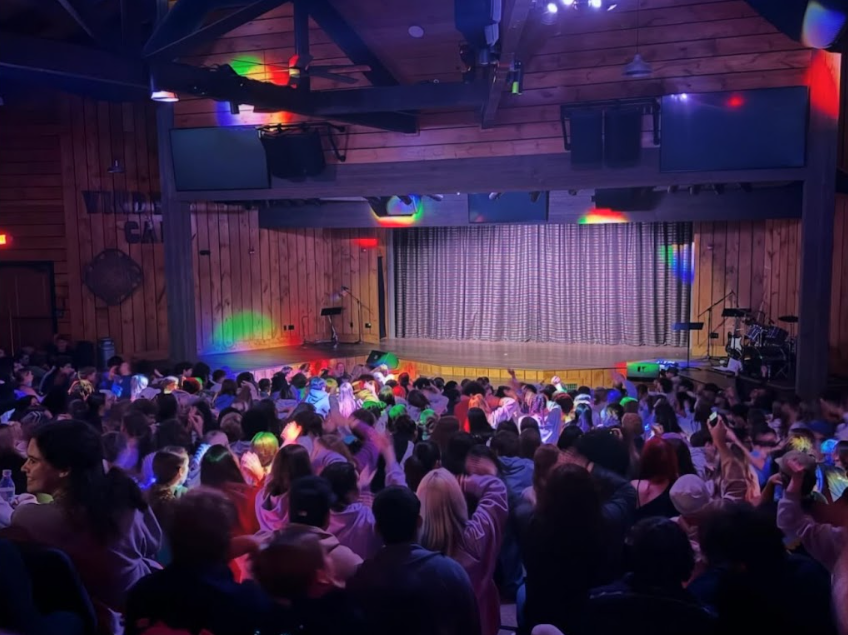Journalism has long been the heartbeat of societies, chronicling triumphs and tragedies, holding power to account, and connecting communities. From handwritten pamphlets to 280-character tweets, its evolution over the centuries mirrors the broader arc of human progress—and the ongoing struggle for truth.
The Early Days: Pamphlets and the Printing Press Modern journalism traces its roots to the invention of the printing press in the 15th century. German inventor Johannes Gutenberg’s movable type transformed information sharing, making mass communication possible. By the 17th century, newspapers began appearing in Europe, with early publications like the Relation aller Fürnemmen und gedenckwürdigen Historien (1605) in Germany and The London Gazette (1665) in England. These papers were small, often state-controlled, and catered primarily to elites. However, they laid the foundation for a more democratic exchange of information. The Birth of the Fourth Estate In the 18th and 19th centuries, as literacy rates climbed and printing became cheaper, newspapers flourished. The American and French revolutions highlighted journalism’s role in democracy and dissent. The press became known as the “Fourth Estate,” a watchdog against the abuse of power.
Muckrakers and Media Empires
The early 20th century was a golden age for investigative reporting. Writers like Ida B. Wells, Upton Sinclair, and Ida Tarbell exposed injustices from lynching to unsafe labor conditions to corrupt business practices. These “muckrakers” helped shape public opinion and policy. At the same time, media moguls like William Randolph Hearst and Joseph Pulitzer built empires and shaped narratives, sometimes blurring the line between news and propaganda. Yellow journalism—sensationalist, sometimes fabricated news—highlighted the power and peril of unchecked media influence.
The Broadcast Revolution:
The 20th century saw journalism leap from page to airwaves. Radio brought news instantly to millions; World War II made correspondents like Edward R. Murrow household names. By mid-century, television took center stage, delivering powerful images from civil rights protests, presidential debates, and war zones directly into homes.









